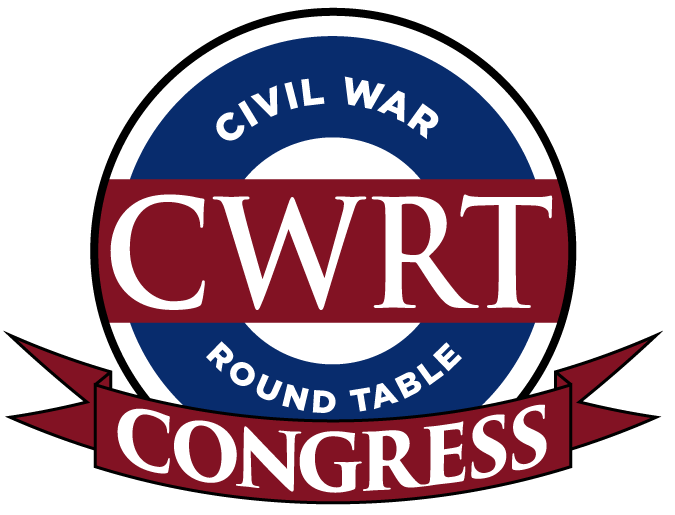Marketing: Where’s The Magic?
Emerging Civil War welcomes back Mike Movius
One of our latest surveys concerned how Civil War Round Tables market their organizations, how they measure success, and what marketing instruments they are employing. What we discovered probably should not have been surprising, but it was, nonetheless. Before we get into the nuts and bolts of the responses, this article should not be construed to be a criticism; CWRT leaders are doing the best they can. Many are trying to become sustainable without the support of the board or of their members. That is an untenable position in which those leaders find themselves. And we certainly sympathize with them. So here goes…
 We began the survey by asking if their CWRT engages in marketing. Three-quarters said they are marketing the round table. Those that are marketing said that it is largely done by the board of directors (64 percent) and ad hoc (28 percent). When asked how they market to potential members, the majority said social media (82 percent), followed by community calendars, local newspapers, shared email lists, and sister CWRTs. In the “also ran” categories are rack cards, trade publications, and business cards. A minority use word of mouth, local radio, and newsletters.
We began the survey by asking if their CWRT engages in marketing. Three-quarters said they are marketing the round table. Those that are marketing said that it is largely done by the board of directors (64 percent) and ad hoc (28 percent). When asked how they market to potential members, the majority said social media (82 percent), followed by community calendars, local newspapers, shared email lists, and sister CWRTs. In the “also ran” categories are rack cards, trade publications, and business cards. A minority use word of mouth, local radio, and newsletters.
We asked what they cover in the marketing. Nearly all said they publicize their meetings (date, time, and location) and their speakers. Other items covered include projects, activities, dues, dinner menus, preservation efforts, and book reviews.
In terms of measuring their marketing effectiveness/impact, over half (56 percent) said they do NOT have effectiveness measures. They further stated that their measures include changes in event participation, surveying new members/guests, membership renewals, and Facebook insights.,
When asked about their marketing disappointments, there was a wide distribution of responses. Some of the responses, however, beg the question of the level of effort, how realistic their expectations are, and how their marketing is applied to the local community. For example, social media can bring “likes” and “followers,” but have little or no impact on meeting attendance or membership.
We also asked why it is believed that the strategy they employed was disappointing; most responses had to do with effectiveness measurement and a general lack of enthusiasm by their target or their members. And yet, nearly 40 percent said they experienced a 5-to-10-percent increase in first-time members.
In terms of the expenditure of time and money, the responses varied, but included printed material, their websites, email, social media, and their newsletter. Most CWRTs do not have a marketing budget. In terms of money spent on marketing, most expend between $100 and $500+ per year. Disappointingly, 21 percent of leaders don’t know how much is spent.
As for the future, respondents said they expect their CWRT to market through outreach to schools, colleges, and universities, their emailed newsletters, sister CWRTs, community events, civic groups and conference, trade shows, and senior centers/gatherings.
In summary, most CWRTs are interested in expanding their memberships and having their beloved organizations become sustainable. They would be wise to consider that newspapers are failing, that marketing to colleges/universities has been a point of frustration, and that social media is primarily for communications to current enthusiasts, not for marketing. Moreover, it is how/where marketing is done that is important. Passive marketing, i.e., leaving rack cards at the local library will seldom result in new members. Active marketing and partnerships are undoubtedly the best approach.
To read the detailed survey results, click this link: http://www.cwrtcongress.org/PDF/Surveys/MARKETING_SURVEY_RESULTS.pdf
Mike Movius is president of the CWRT Congress.
This is an excellent, well-written and well-organized report. I made my career in marketing, working on four continents, the final period of it running my own agency for 15 years in Vietnam, where I represented major international companies as well as regional and domestic ones. As such, I was one of the first foreigners to operate in Vietnam. I’d be happy to consult for the CWRT Congress if called upon.